The Public Life of Sherlock Holmes: Tolkien’s Necklace of the Dwarves
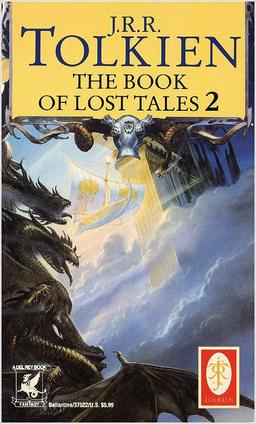 I was a voracious reader of fantasy in my teens and early twenties. Moorcock, Tolkien, Lieber, Kurtz, Feist, Eddings, Brooks, Donaldson, Dragonlance and Forgotten Realms, Thieves World, Heroes in Hell; I devoured series fantasy. And later I would delve into McKiernan, Cook, Howard, Jordan and others.
I was a voracious reader of fantasy in my teens and early twenties. Moorcock, Tolkien, Lieber, Kurtz, Feist, Eddings, Brooks, Donaldson, Dragonlance and Forgotten Realms, Thieves World, Heroes in Hell; I devoured series fantasy. And later I would delve into McKiernan, Cook, Howard, Jordan and others.
Now, in the past decade, I’ve made a couple of attempts to re-read The Hobbit and The Lord of the Rings, but given up each time (I can say the same thing about Fritz Lieber’s Fafhrd and Grey Mouser series). I like the stories and the events, but parts of them just read so sloooow. I’ve not run into that problem with Michael Moorcock’s Eternal Champion series, or Katherine Kurtz’s Deryni books. But I’m still a huge Tolkien fan, even though I don’t sit down and read through him any more.
I’m in a rather small minority that prefers The Silmarillion to his two better-known works. And that’s because I’m completely sold on Tolkien as a world builder and storyteller. That’s why he’s still a favorite.
From the story of the Silmarils up to the start of the Third Age, Tolkien set the standard for world building and epic history. I enjoy the vast creations of Robert Jordan, Steven Erickson, Stephen R. Donaldson, David Eddings and many more, but Tolkien was unsurpassed.
One of my first Dungeons and Dragons characters was an elf named Gil Galad, wielding his spear, Aeglos. Fingolfin, the Sons of Feanor, Hurin, Turin, Melkor, Ancalagon, and Glaurung: The Silmarillion is just chock full of heroes, villains, lands, kingdoms and events.
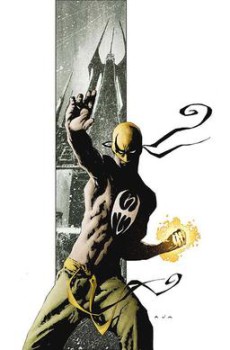
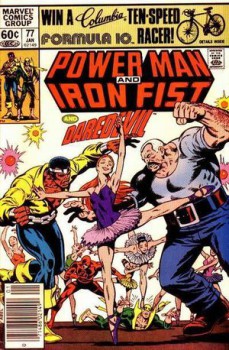
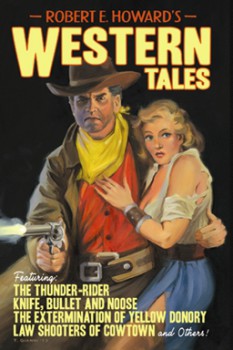
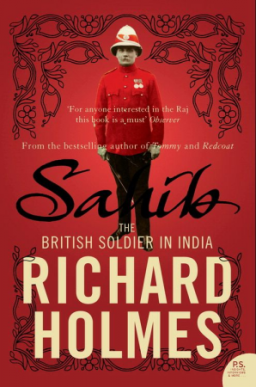
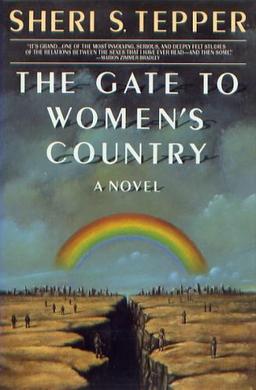

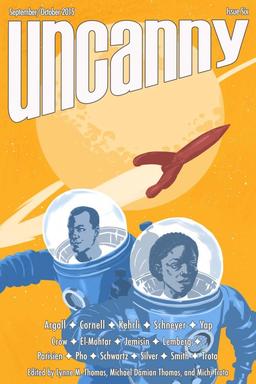
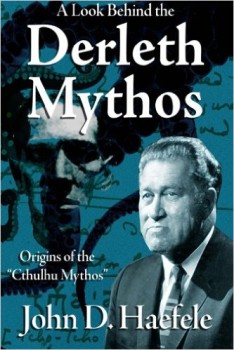
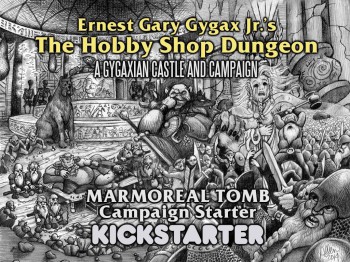
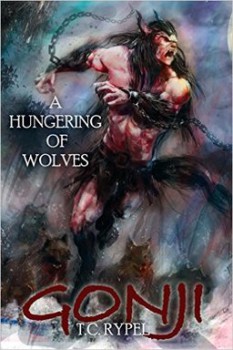 I’ve finally read
I’ve finally read